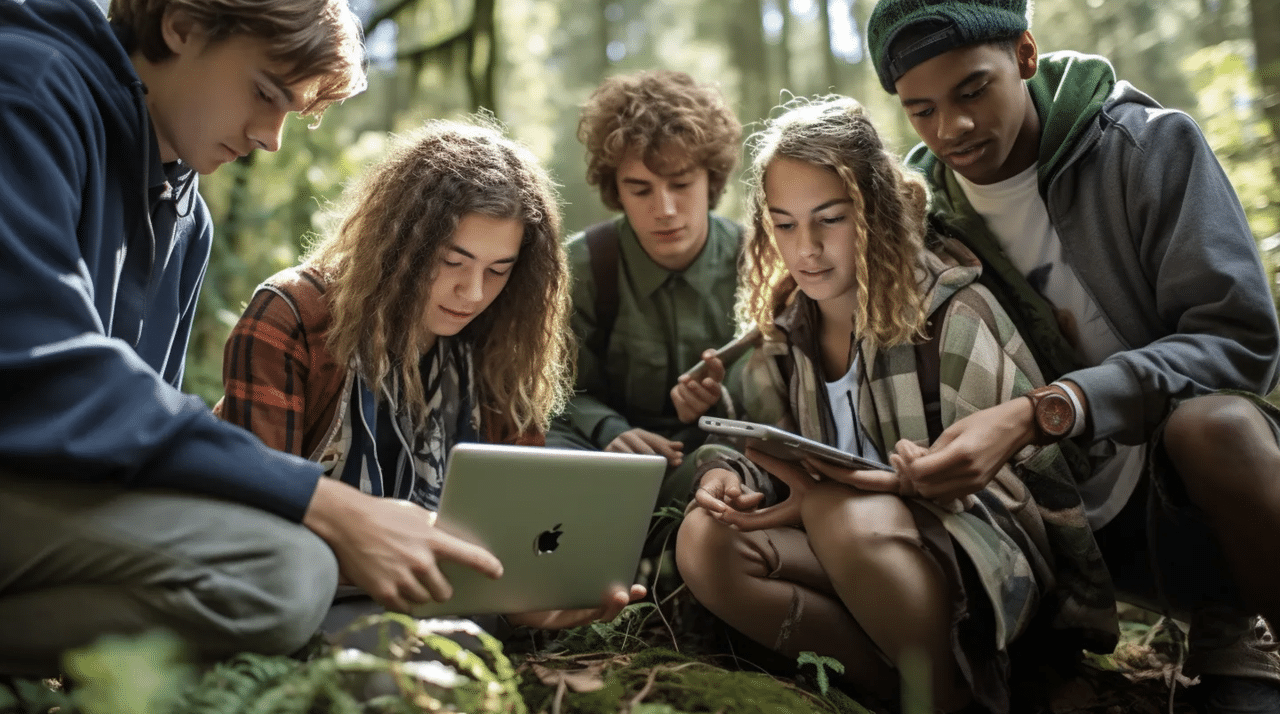Education is a cornerstone for sustainable development, and aligning educational practices with the United Nations’ Sustainable Development Goals (SDGs) is critical for creating a more equitable and sustainable future. The UN SDGs are a collection of 17 global goals designed to be a “blueprint to achieve a better and more sustainable future for all” by 2030. One of these goals, SDG 4, specifically targets education, aiming to “ensure inclusive and equitable quality education and promote lifelong learning opportunities for all.” However, achieving this goal is not without its challenges.
Understanding the Current Educational Landscape
Before diving into how to align education with the UN SDGs, it’s important to understand the current educational landscape. Recent data tells us that while progress has been made, there are significant gaps that still need to be addressed. For instance, between 2010 and 2019, the global primary and secondary school completion rates increased from 82 percent to 85 percent and from 46 percent to 53 percent, respectively. Despite this improvement, almost half of the countries with data did not reach gender parity in primary school completion, indicating a persistent gender gap in educational attainment.
Moreover, the COVID-19 pandemic has posed significant risks to educational continuity. A 2020 UNESCO report highlighted that 24 million learners, ranging from pre-primary to tertiary education, were at risk of not returning to their studies due to disruptions caused by the pandemic. These insights underscore the urgency in aligning education with the global goals to not only recover from setbacks but also to build a more resilient educational system.
Aligning Education with SDG 4
Step 1: Assess the Current Situation
- Evaluate your educational institution’s current policies and practices.
- Identify areas where improvements can be made in terms of inclusivity, quality, and equity.
- Gather data on school completion rates, gender parity, and other relevant metrics.
Step 2: Set Clear Objectives
- Define specific, measurable goals inspired by SDG 4 to guide your institution’s efforts.
- Objectives could include increasing school completion rates, achieving gender parity, or improving access for disadvantaged groups.
Step 3: Develop an Inclusive Curriculum
- Ensure the curriculum is culturally sensitive and gender-inclusive.
- Incorporate topics that promote sustainability, global citizenship, and peace.
- Foster critical thinking and problem-solving skills that students can apply to real-world challenges.
Addressing Gender Disparity
To tackle the issue of gender disparity in education, educators can implement the following strategies:
- Encourage girls’ participation in STEM subjects by providing role models and creating inclusive learning environments.
- Address socioeconomic barriers that disproportionately affect girls, such as lack of access to menstrual hygiene facilities.
- Promote policies that support girls’ education, like scholarships and awareness campaigns to change societal attitudes.
Embracing Technology and Innovation
With the risk of millions of learners possibly not returning to their studies post-pandemic, embracing technology and innovation in education is more crucial than ever. Here’s how educators can leverage technology to support the SDGs:
- Utilize online platforms and digital resources to facilitate remote learning and minimize disruptions.
- Implement adaptive learning technologies that can personalize instruction to meet the needs of individual students.
- Encourage the development of digital literacy skills to prepare students for a rapidly changing world.
Building Partnerships for Change
- Collaborate with government agencies, non-profits, and private sector partners to support educational initiatives.
- Engage with local communities to ensure educational programs are relevant and beneficial.
- Share best practices and learn from others who are working towards similar goals.
Table: Aligning Objectives with SDG 4 Targets
SDG 4 Target Objective Strategies 4.1 By 2030, ensure that all girls and boys complete free, equitable and quality primary and secondary educationIncrease school completion ratesIntroduce flexible learning options, improve school infrastructure4.5 Eliminate gender disparities in educationAchieve gender parity in school completionImplement gender-sensitive policies, support girls’ education4.a Build and upgrade education facilities that are child, disability and gender sensitiveImprove access for disadvantaged groupsEnhance facilities, provide inclusive teaching materials
In conclusion, aligning education with the UN SDGs requires a comprehensive approach that addresses current inequities and leverages technology and innovation. By setting clear objectives, developing an inclusive curriculum, addressing gender disparity, embracing technology, and building partnerships, educators can contribute to achieving SDG 4 and creating a more sustainable future for all learners.
Promoting Lifelong Learning Opportunities
A critical aspect of SDG 4 is the promotion of lifelong learning opportunities for all. In a rapidly evolving world, the ability to continue learning throughout life is essential. Here’s how educators can foster a culture of lifelong learning:
- Implement Adult Education Programs: Provide opportunities for adults to return to education, acquire new skills, or complete their formal education.
- Encourage Professional Development: Offer continuous professional development opportunities for teachers to ensure they are equipped with the latest teaching strategies and subject knowledge.
- Develop Community Education Initiatives: Engage the community with workshops, seminars, and courses that cater to a broad range of interests and needs.
Integrating Sustainability into Education
For education to align with the UN SDGs, sustainability must be woven into the fabric of learning. This means going beyond environmental education to include principles of economic and social sustainability:
- Incorporate Environmental Stewardship: Teach students about climate change, conservation, and sustainable practices through hands-on projects and community involvement.
- Promote Social Responsibility: Include lessons on human rights, diversity, and social justice to prepare students to be active, informed citizens.
- Teach Financial Literacy: Equip students with the knowledge to make informed financial decisions, which is essential for economic sustainability.
Evaluating and Measuring Impact
To ensure that efforts to align with SDG 4 are effective, it’s important to evaluate and measure impact:
- Conduct Regular Assessments: Use assessments to gauge student learning and the effectiveness of teaching methods.
- Track Progress Towards Goals: Monitor metrics such as enrollment rates, completion rates, and literacy levels to evaluate progress toward the objectives set.
- Solicit Feedback: Engage with students, parents, and the community to get feedback on educational initiatives and their impact.
Fostering Global Citizenship
Educators can also help students develop a global perspective, which is essential for understanding and addressing worldwide challenges:
- Encourage Cross-Cultural Exchange: Create opportunities for students to learn about different cultures, either through exchange programs or virtual collaborations.
- Highlight Global Issues: Integrate global issues into the curriculum to raise awareness and inspire students to think about solutions.
- Model Global Citizenship: Demonstrate global citizenship in school policies and practices, showing students how institutions can make a difference.
Scaling Up Impact Through Policy Advocacy
While individual educators and schools can make significant strides, systemic change often requires policy advocacy:
- Engage with Policymakers: Work with local, national, and global policymakers to advocate for education policies that support the SDGs.
- Support Education Campaigns: Join or start campaigns aimed at increasing funding for education, improving access, and enhancing quality.
- Leverage Research and Data: Use data and research findings to inform policy discussions and demonstrate the need for change.
Collaborative Learning Communities
Creating learning communities that collaborate towards the SDGs can amplify the impact of educational initiatives:
- Establish Professional Learning Networks: Connect with other educators to share resources, ideas, and strategies for aligning with the SDGs.
- Partner with Universities and Research Institutions: Collaborate on research projects that explore innovative ways to improve education and align with the SDGs.
- Connect with Global Networks: Join international networks focused on education and sustainability to learn from global best practices.
Leveraging Resources and Funding
Finally, aligning education with the SDGs often requires additional resources and funding:
- Seek Grants and Funding: Research grants and funding opportunities that support educational initiatives aligned with the SDGs.
- Develop Partnerships for Resources: Partner with businesses and organizations that can provide resources, such as technology or expertise.
- Optimize Budget Allocation: Ensure that the budget is aligned with the objectives set for SDG 4, prioritizing initiatives that have the greatest impact.
Aligning education with the United Nations’ Sustainable Development Goals is a multifaceted task requiring dedication, innovation, and collaboration. By understanding the current educational landscape and the challenges it faces, setting clear objectives, and employing strategic methods to address them, educators can create a more equitable and sustainable future for all learners. This effort not only contributes to the achievement of SDG 4 but also supports the broader vision of the UN SDGs for a better world by 2030.

